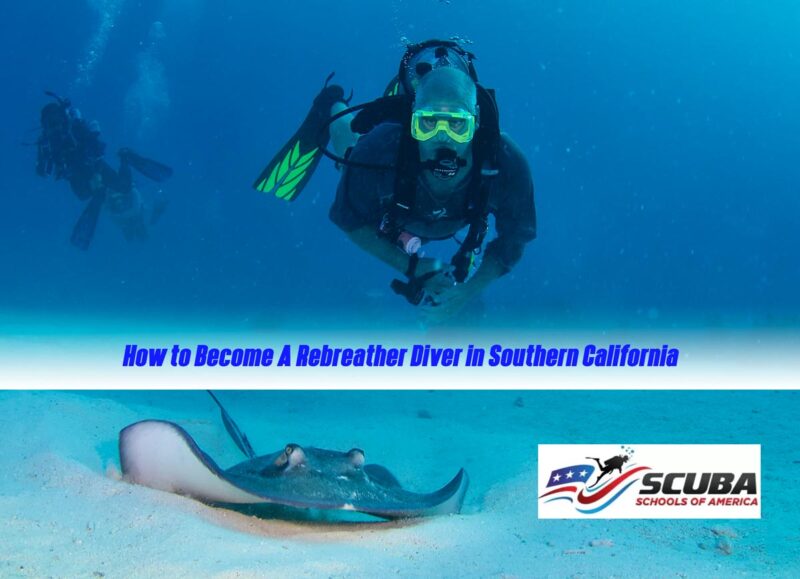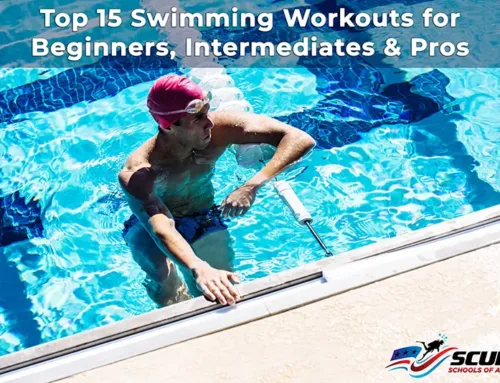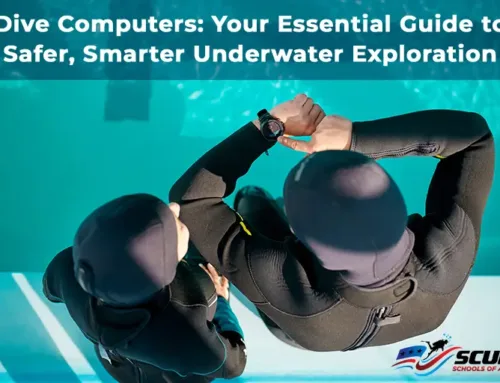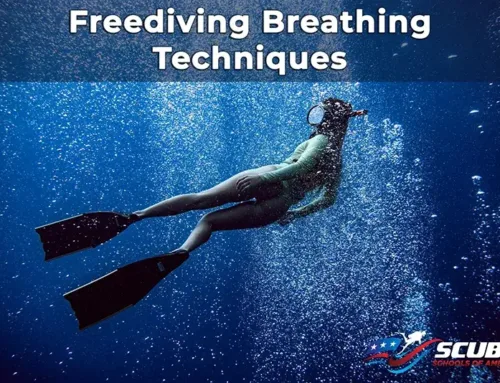For a rebreather diver, few things are more satisfying than enhanced gas efficiency, as it opens the door to a whole new level of underwater exploration. Rebreather diving provides precisely this advantage, along with a host of other benefits. Let’s explore scuba diving with rebreathers, offering insights into the mechanism, benefits, drawbacks, types, costs, and more for rebreather divers. Everything you need to know about this underwater breathing apparatus.
What Is Rebreather Diving?
When it comes to underwater breathing, there are different apparatuses, and the rebreather is one of them. When a rebreather diver breathes under the water, the breathing gas does not exhale into the water. It is recycled. In fact, the exhaled gas circulates in a loop, and its oxygen is used again. This system allows the diver to rebreathe the oxygen in their own exhaled air beside the fresh oxygen from the tank. A microprocessor helps to control the amount of oxygen delivered.
However, this does not mean that the air supply lasts forever in a rebreather. It just guarantees greater gas efficiency. As a result, a small cylinder can last longer in this kind of apparatus.
The carbon dioxide, CO2, of the breathing gas, is also absorbed by a combination of calcium oxide and sodium hydroxide. This absorbent is also called soda lime, and the CO2 reacts with it. Calcium carbonate, which is solid, is the outcome of this reaction. Some other absorbents might be used in different types of rebreathers.
Different Types of Rebreathers
There are three different types of rebreathers based on the mechanism and the gas(es).
Rebreather Diving with Oxygen Rebreathers
The tank(s) in an oxygen rebreather contains pure oxygen, hence the name. They have limited functions because of “no decompression” depth limitation. The risk of acute oxygen toxicity increases in depths more than 6 meters or 20 feet.
Due to their limitation, oxygen-only rebreathers are rarely used these days in recreational diving. They used to be popular with military divers, but not anymore.
Semi-closed Circuit Rebreathers
SCR or semi-closed circuit rebreathers use a mixture of gasses: oxygen and nitrogen or helium. That is why they are not limited to “no decompression” depths, and they are widely used for different purposes all over the world. The gas flows continually into the breathing loop, and the amount of oxygen flowing is controlled based on a constant oxygen fraction.
You can buy them or hire them for many purposes, and you do not need to worry about the depth. SCR can function properly in a depth of 40 meters or 130 feet (the maximum depth limit in recreational diving) without any risk of oxygen poisoning.
Closed Circuit Rebreathers
CCR or closed circuit rebreathers contain both mixed gasses and pure oxygen. For this, you need to carry at least two cylinders. Like SCR, they are not limited to “no decompression” depths, and divers can go to great depths without worrying about oxygen toxicity. They are also popular with divers all around the world.
The difference between CCR and SCR lies in the way they monitor the amount of oxygen in the breathing loop. Instead of a constant fraction of oxygen, the system in CCR keeps the partial pressure of oxygen constant in different ways.
- Sensors send oxygen measurements to computer software and if necessary, it allows more oxygen to flow into the loop.
- Oxygen constantly flows into the loop, but its amount matches its intake rate by the diver. If the intake is too slow or too fast, manual intervention is needed to stop or add the flow of oxygen.
- It is also possible that the diver manually adds oxygen to the loop during the dive.
To Use or Not to Use Rebreathers? A Rebreather Diver’s Perspective
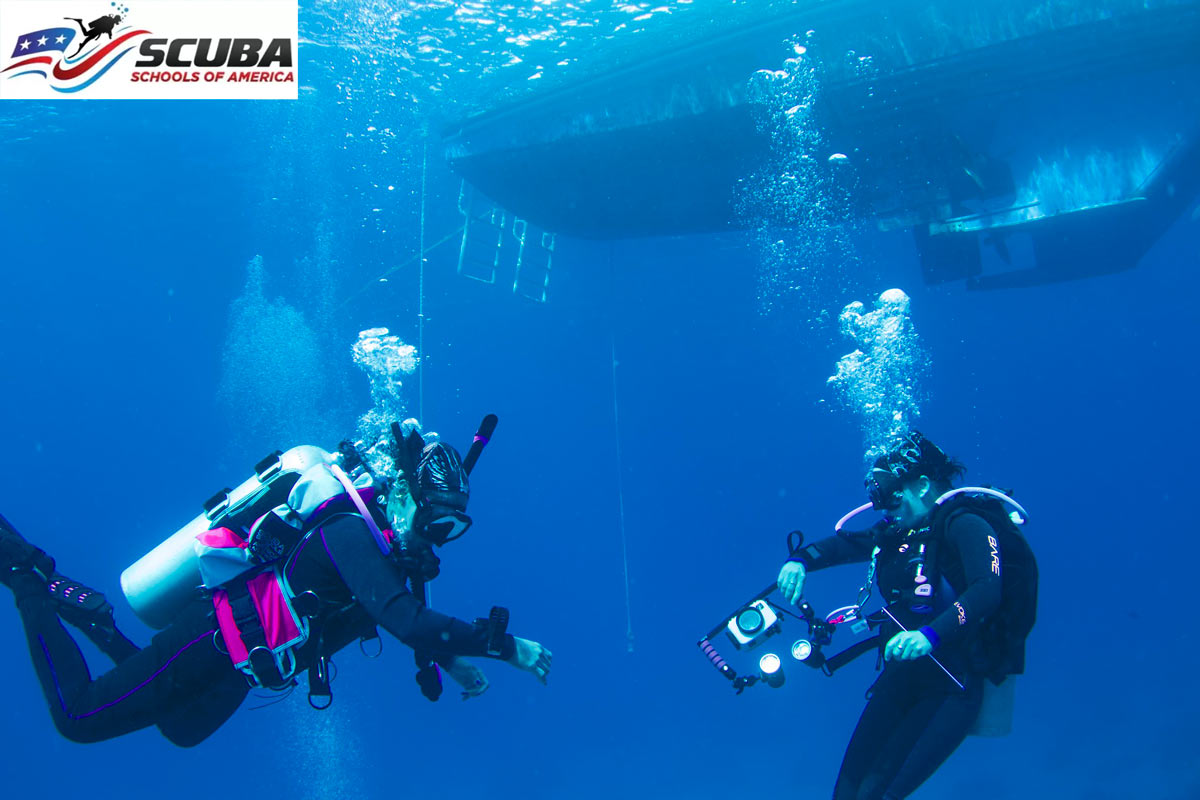
All underwater breathing apparatuses have their benefits and drawbacks. You need to choose the one that is best for you. Let’s go over some of the advantages and disadvantages of rebreather diving to help you decide better.
Benefits of Rebreathers
- It has better gas efficiency. You can dive for 2 or 3 hours with a small cylinder.
- You can dive with lighter weights because you may not need large tanks. Moreover, there is no or little amount of nitrogen in rebreathers. This makes the dive even lighter.
- As you use less air supply, it can be economical.
- You do not exhale into the water, so there is no bubble or noise. This makes rebreathers perfect for scientists who do not want to scare away sea creatures. Military divers use rebreathers so that no one notices them due to the noise or the bubbles. Besides, bubbles can dislodge silt in caves, wrecks, and other overhead environments.
- You can dive deep with CCR and SCR without worrying about decompression.
- You have better opportunities for photography for all these reasons.
Rebreathers’ Drawbacks
- You need to be trained in order to become a rebreather diver.
- Some companies do not allow you to purchase a rebreather if you do not have the necessary qualifications.
- They are more complex than other conventional scuba gear. As a result, you need to be prepared to deal with different failures in the system. This has led to more risk of fatal accidents compared to open-circuit diving.
- The equipment is more expensive than other apparatuses, like open-circuit scuba. The price can be as high as 15,000 dollars.
How Safe Is It to Dive a Rebreather?
All the benefits that rebreathers offer bring about more responsibilities, more risk, and a need for higher qualifications and skills. Rebreather divers must be aware of the risks because they are more in danger than other scuba divers.
For example, in open circuit diving, when the apparatus stops working, it only means the diver needs to find a source of oxygen to survive. However, when something goes wrong in a rebreather, it is not that easy to recognize which part of the system is faulty. Or whether you need more oxygen or less. You need to be fully trained to deal with failures should a threat present itself.
Risks and Fatal Threats
Some of the common risks and fatal threats when diving on a rebreather are:
- A fault in absorbing CO2 from the exhaled air can cause hypercapnia (hypercarbia). Symptoms of high amounts of CO2 in our blood include headache, shortness of breath, drowsy and confusion, spasms, and rigidity. This problem usually occurs because of a bypass or failure of a CO2 scrubber.
- There might be too much oxygen in the loop, which can lead to hyperoxia. The good news is if the diver sticks to the instructions, the chance of hyperoxia is virtually zero.
- Too little oxygen in the loop can also lead to hypoxia. This can occur by any fault in controlling the fraction of oxygen or the gas flow. The symptoms include poor concentration, poor muscle control, and becoming unconscious, weak, and drowsy.
The first thing to do in the face of these symptoms is to convert to an open circuit air supply.
Some Tips to Reduce Risks for Rebreather Diver
- Make sure your equipment is standard.
- Check the equipment thoroughly before diving.
- Do not take the training lightly, no matter how skillful you are in scuba diving.
- Stick to the manufacturer’s instructions and your training while diving.
- Have a proper plan for your dive.
- Label the cylinders and check them before diving.
- Do not dive alone.
- Check the partial pressure of oxygen often while underwater.
- Maintain your equipment well in between dives.
How to Become a Rebreather Diver?
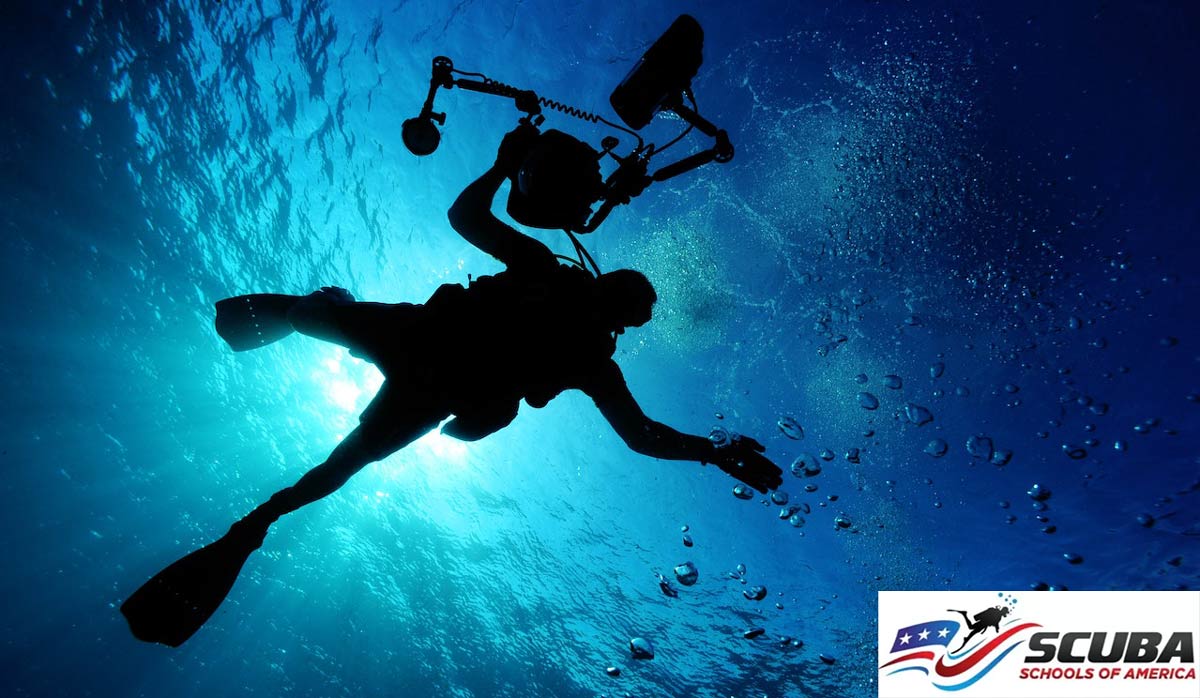
To get a certificate and required training for rebreather dives, you need to take a course. The course usually lasts 4-6 days. But, depending on the weather conditions and the schedule, it can take longer. At Scuba Schools of America (SSA) in SoCal, we recommend at least 40 hours of training.
In such training courses, you will learn not only how to dive on a rebreather but also the mechanics of the apparatus, safety matters, emergency procedures, and how to deal with malfunctions.
There are some general requirements in order to take part in a rebreather training course.
- Nitrox certification
- A certain number of logged dives
- Minimum age of 18
- Proper equipment
For more information about the prerequisites, equipment, and course completion requirements at SSA, give us a call. You can also check out the types of rebreathers at our school.
Things to Consider Before Becoming a Rebreather Diver
As mentioned above, rebreather dives can be risky and require more responsibility. If you are considering becoming a rebreather diver, you need to take into account some factors.
- Make your decision with open eyes. Reading some articles, like this one, or talking to an active rebreather diver can help you get a realistic view of rebreathers and if they are for you or not.
- Consider the budget. The equipment and the training are costly. You need to make sure you can and are willing to allocate enough budget. Otherwise, you will be at risk of wasting a substantial amount of money (up to 16,000 dollars).
- Increase your knowledge of rebreathers. Learn how they work, what are the different types, what are the differences between them, etc. This will help you make a wiser purchase when buying the equipment. Getting advice from an experienced active rebreather diver would help a lot.
- Before buying a rebreather, decide if you will need to travel with it or not. You may face some difficulties and restrictions for flights. There are some rebreathers that are more travel-friendly.
- Find a qualified agency to take your training course. Make sure they follow the required standards.
- Make sure you are ready to commit to learning emergency procedures, the mechanics of the equipment, and other matters that your life would depend on.
Rebreathers Diver at One Look
Rebreather diving enables a diver to experience whole new things, but with a cost: the price of the equipment, the training, and the responsibilities. However, if you are determined to do it, you will find new doors opened for you in your underwater diving experience. Rebreathers make up a lot of opportunities for you, and this makes it worth all the difficulties and costs.
Whether you are diving for fun or your career depends on it, diving on a rebreather makes the experience more exciting and productive.
You can find skilled, experienced instructors at our Scuba Schools of America in California. Everything you need to become a rebreather diver is here. Just give us a call for more information or contact us by email.

